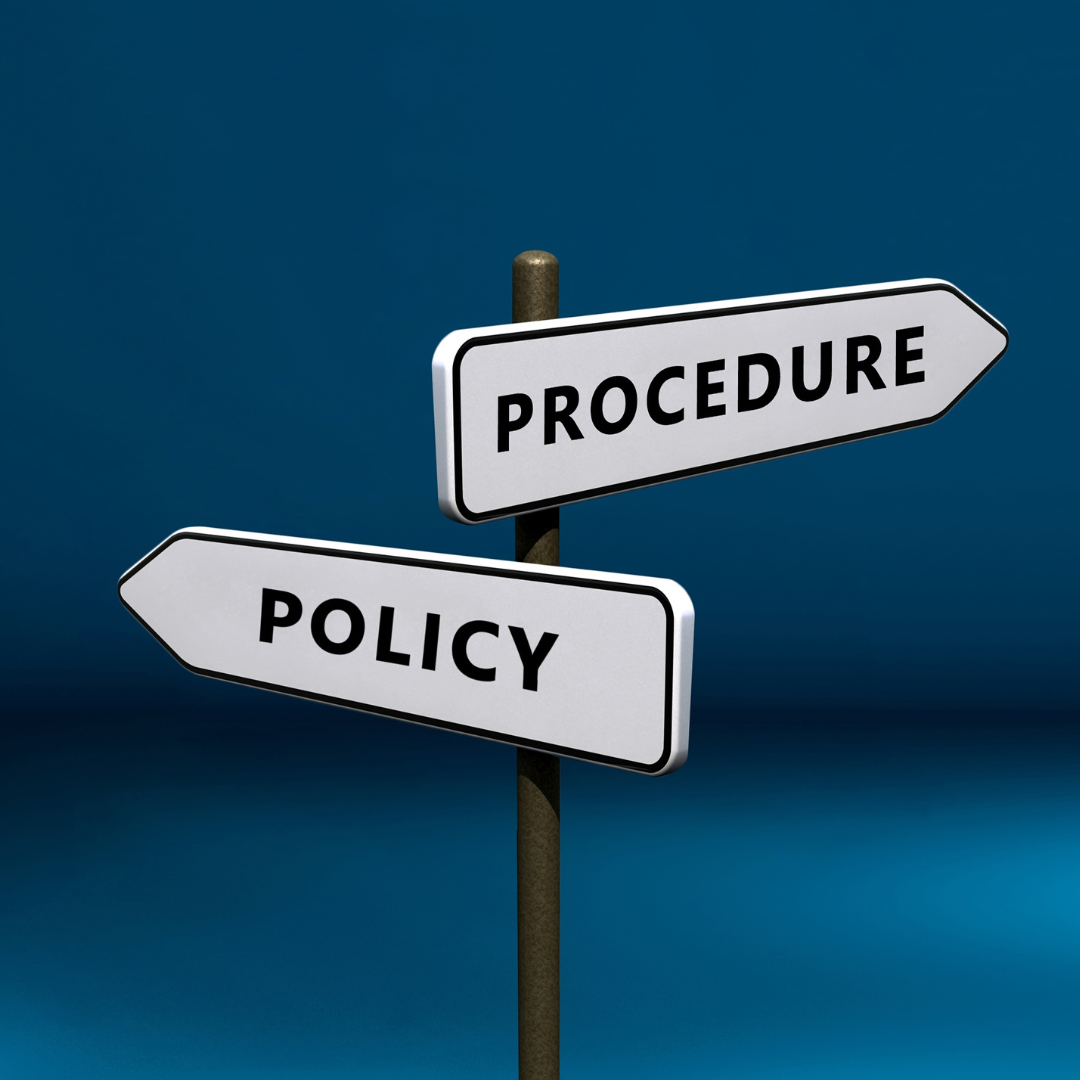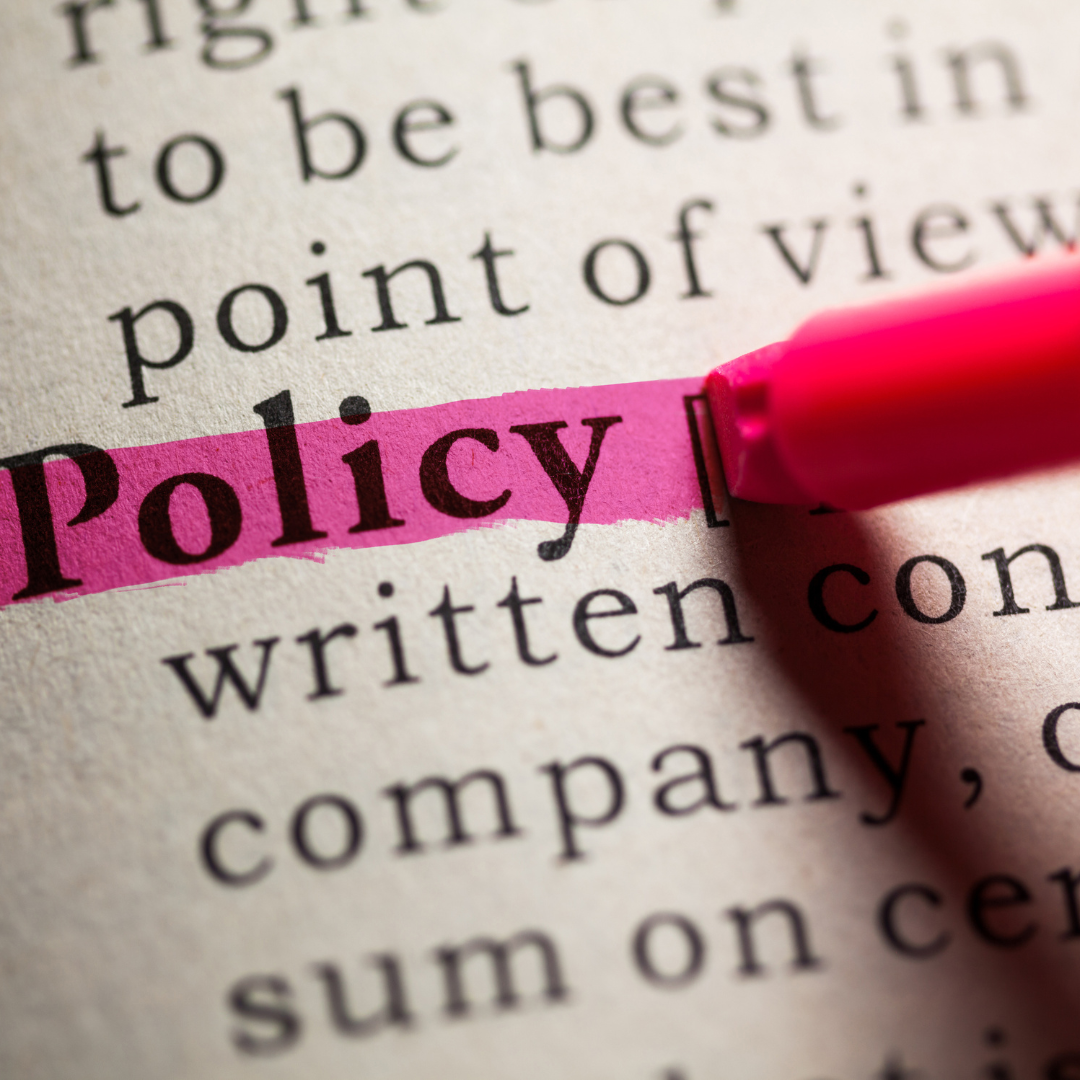How Urbanization Shapes Healthcare Policies in India
### How Urbanization Shapes Healthcare Policies in India As the sun rises over bustling Indian cities, a vibrant tapestry unfolds — rickshaws weaving through traffic, street vendors calling out their daily specials, and children laughing as they chase each other down narrow lanes. Urbanization, deep-rooted in the cultural ethos of India, is not just a transformative phenomenon; it’s a celebration of resilience and adaptability, especially in the realm of healthcare policies. While idyllic village life has its charm, the migration of millions towards urban areas has sparked an incredible metamorphosis in healthcare delivery. Cities are now teeming with life, and with this surge comes an urgent demand for improved health services that reflect the diverse needs of urban populations. The traditional healthcare framework, often centered around rural practices, is evolving into a more dynamic system poised to tackle the challenges of urban living. One of the most significant impacts of urbanization on healthcare is the shift towards a more integrated and holistic policy framework. Gone are the days when policies were developed in isolation. Today, urban health initiatives are increasingly holistic, emphasizing accessibility, affordability, and quality. With urban areas facing unique challenges—such as pollution, overcrowding, and lifestyle-related diseases—healthcare policies must be innovative and responsive. Take, for example, the







